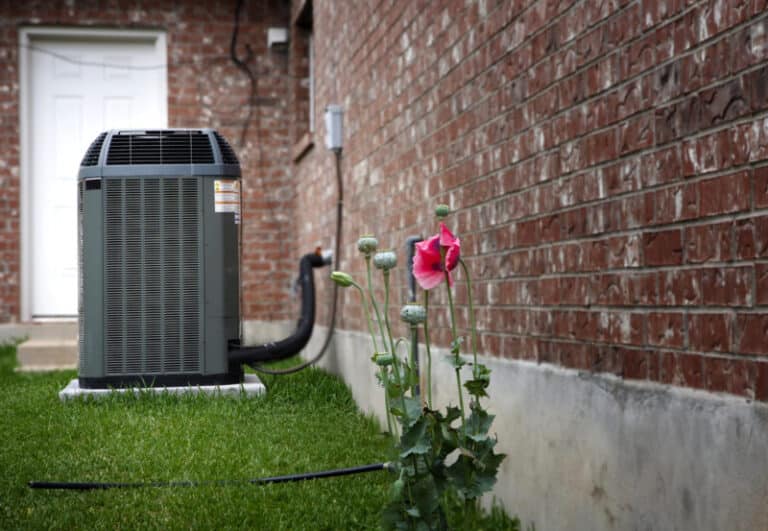Heat pumps are a single unit that both heat and cool a home. They provide a more even temperature throughout the home and are more energy efficient than a traditional HVAC system. Heat pumps function best in areas with a mild winter climate, making it an ideal way to warm your Birmingham, Alabama, home in winter. Here’s how they work.
How a Heat Pump Works
Even during cold weather, heat is always present in the air and in the ground. Heat pumps pull heat out of the air, ground, or water and transfer it into a building. In the summer, the process is reversed to cool a building — the system removes heat from within the house and transfers it into the ground or out into the air. There are three main types of heat pumps:
- Air-Source Heat Pumps Air-source heat pumps operate on a refrigerant cycle, just as an air conditioner does. An outdoor fan pulls in air. This air then moves through refrigerant-filled coils where it is heated and transferred into your home.
- Geothermal Heat Pumps A geothermal heat pump extracts heat from the ground. Long looped piping is placed underground and fluid circulates through the loops. A heater exchanger heats up the fluid, and this heat is transferred into the home. Depending on how large your backyard is, pipes can be laid horizontally or vertically if ground space is limited.
- Water-Source Heat Pumps If you live near a natural water source such as a well, river, or stream, you can benefit from a water-source heat pump. Coils are placed in the water, and a pipeline runs from the water source to your home. Water absorbs plenty of heat from the sun or ground, making it a great energy source.
The Components of a Heat Pump
A heat pump consists of an outdoor unit connected to an indoor air handler. Air-source heat pumps are a common choice for residential homes. They consist of the following parts:
Outdoor unit containing:
- A fan that pulls in air.
- A compressor that pressurizes and moves the refrigerant fluid.
- A condenser that heats or cools the air, depending on which way the refrigerant flows.
- A reversing valve that changes the direction of refrigerant flow.
- Refrigerant lines that connect the outdoor unit to the indoor unit.
- A defrost control board with a sensor that detects ice and frost and automatically runs a defrost cycle. You’ll know the unit is defrosting when you see steam rising from the outdoor unit.
- An electric heat strip for auxiliary heat.
Indoor equipment:
- An air handler with evaporator coils, blower motor, and fan that moves the warm air into the ductwork.
- Ducts and vents that distribute air through the home.
- Thermostat control.
A Backup Furnace for Supplemental Heat
A heat pump’s efficiency drops when temperatures start to dip below 40 degrees Fahrenheit. For this reason, heat pumps are ideally suited to climates with moderate winters, such as the warmer southern region of the United States.
Should temperatures plummet, however, a heat pump has either a heat strip or a backup system. A heat strip will allow your heat pump to produce heat for your home. While a heat strip isn’t the most efficient choice for long-term heating, it works well for short periods of time. Many heat pumps are connected to a gas, oil, or electric furnace that automatically takes over to continue providing adequate heat, keeping your family warm. This is called a dual-fuel HVAC system. You’ll never have to worry about facing an uncomfortable winter.
Increases a Home’s Energy Efficiency
Many homes rely solely on a furnace for heating. A furnace burns fossil fuel, such as oil, gas, or propane to generate heat. Others run on electricity. A heat pump does not need to generate heat; it works on a simple heat transfer process. This makes it environmentally friendly and one of the most energy-efficient heating and cooling systems.
Although a heat pump uses electricity to operate and the furnace may occasionally kick in, most of the time, a heat pump uses renewable energy that’s constantly available in the air, earth, or water. Investing in a heat pump will lower your carbon footprint.
With the moderate winters we enjoy in Alabama, heat pumps are a sensible choice for residents of Birmingham, Hoover, and the surrounding areas. If you’re interested in installing a heat pump, contact Total Comfort Heating and Air, LLC today at (205) 386-2056.
Image provided by Bigstock





